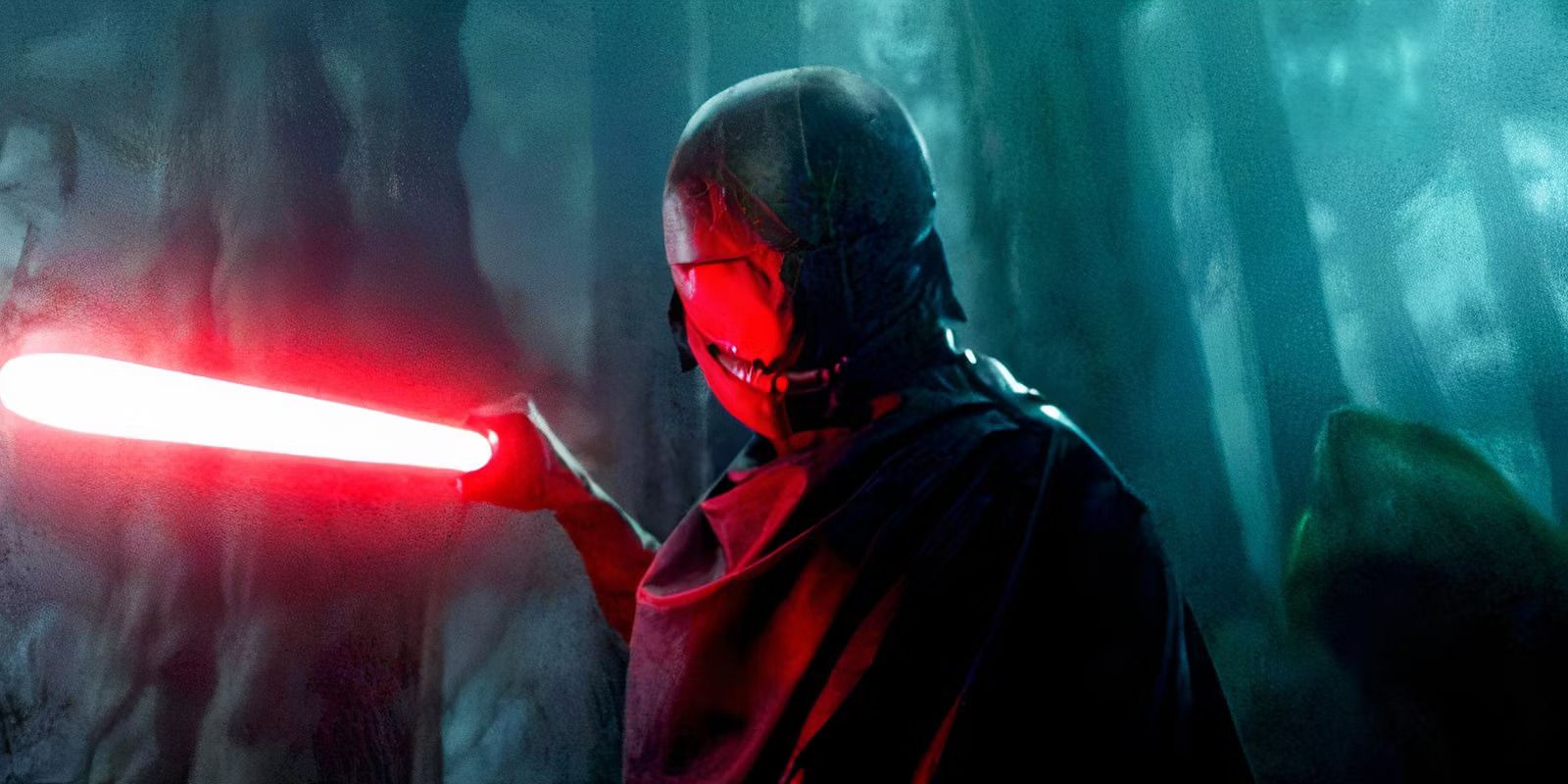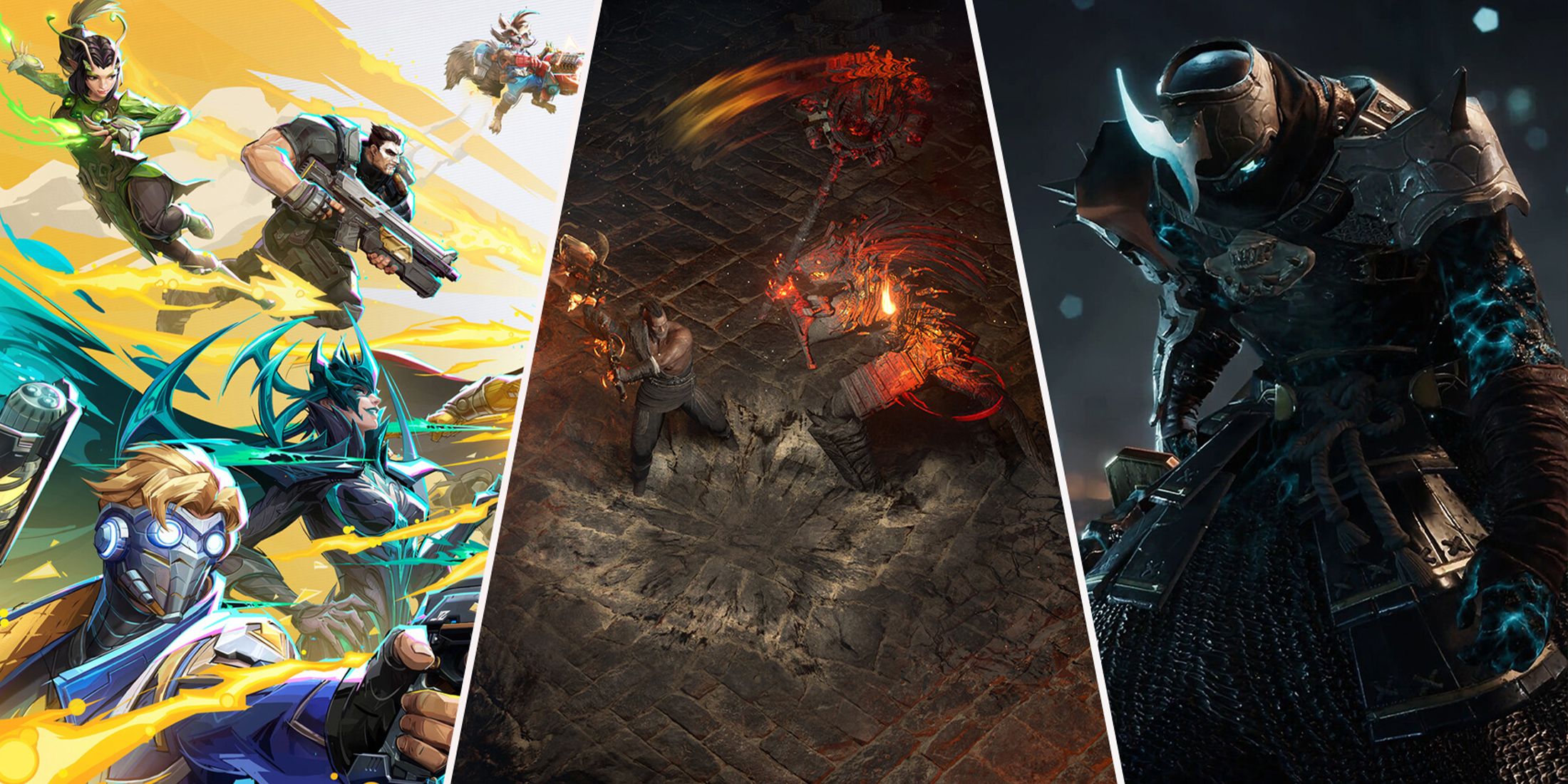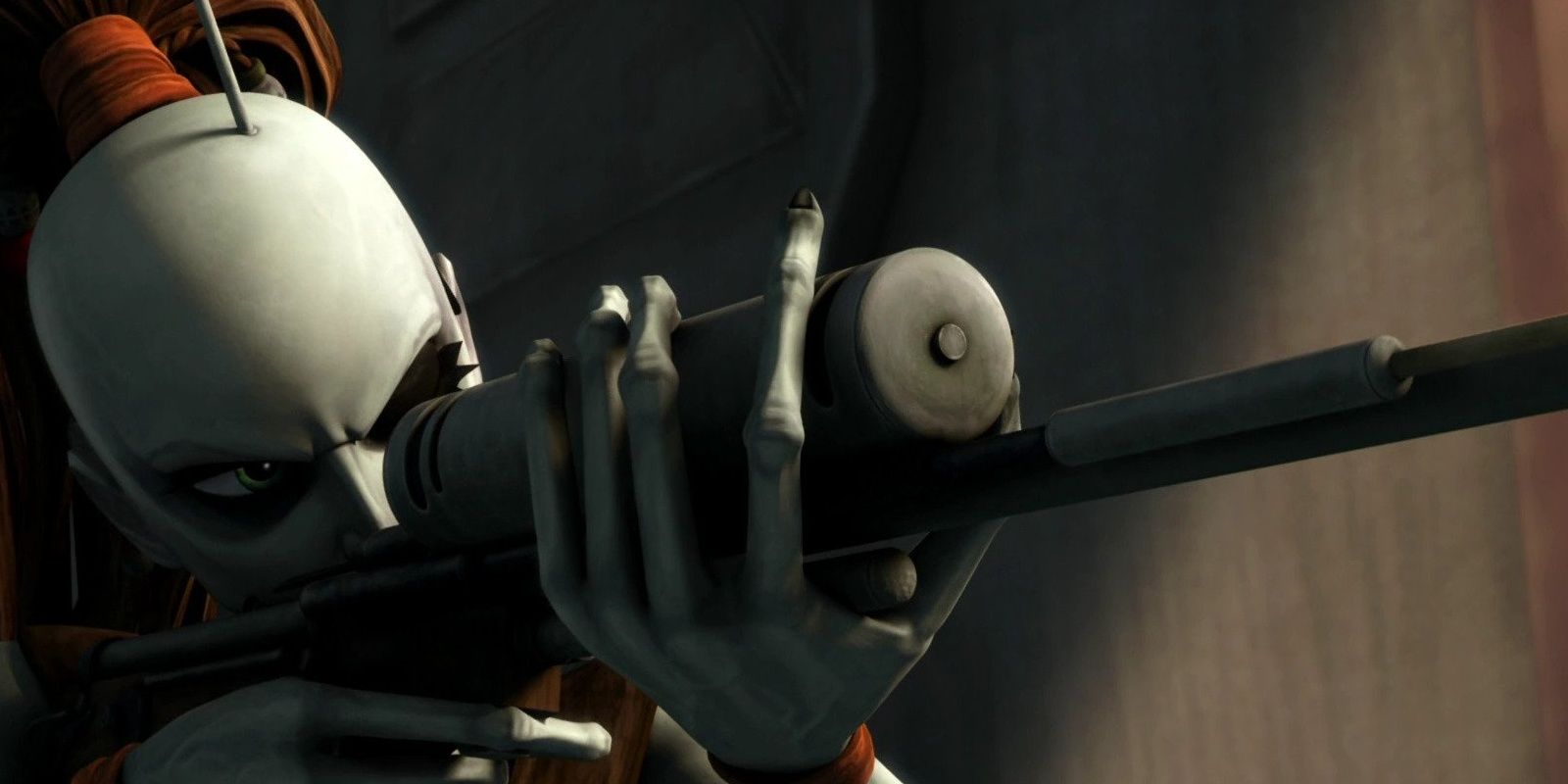Modern Star Wars entries often struggle to capture aspects of the original trilogy. The first three films popularized the used future aesthetic, imagining a universe with access to interstellar travel and grimy beige computer panels everywhere. Early Star Wars grounded its fantasy in the practical designs of the mid-20th century. However, almost all conflict in the franchise is conveyed through blasters and lightsabers. Are classic firearms a going concern in Star Wars?
Blasters come in all shapes and sizes, but there almost all based directly on existing firearms. Everyone recognizes Han Solo's DL-44 pistol as a modified Mauser C96. The standard issue E-11 blaster rifle that most stormtroopers carry was inspired by the Sterling Mk IV submachine gun. Though laser-based weaponry is open about its inspirations, the series takes a different approach to its other arms.
What are slugthrowers in Star Wars?
Slugthrowers are the Star Wars universe's word for traditional firearms. Unlike blasters, which fire bolts of plasma or highly charged particle-beam energy, slugthrowers fire physical projectiles. Ammunition for slugthrowers varies. Some slugs were made of metal, others constructed from ceramic, and a few used hardened plastic. Slugthrowers came in all shapes and sizes, but handheld pistols and long rifles were the most popular configurations. Slugs were often hard to come by, compelling the small base of slugthrower users to make their own. Many slugs had unique properties, like explosive charges, incendiary chemicals, or rubber "mercy" rounds. Slugthrowers were generally seen as primitive since their designs inspired the creation of blasters, which rapidly rendered them obsolete.
The history of the slugthrower in Star Wars is unknown, but it is clear that the weapons went through an evolution not unlike real-world firearms. Early examples could only hold a single slug. Designers worked through multiple types of action. Early slugthrowers used bolts, revolvers, pumps, levers, and many other mechanisms. The rate of fire increased with later developments, eventually resulting in mounted slugthrowers that could fire hundreds of rounds every second. Slugthrowers were generally much more difficult to aim than blasters. Blaster bolts flew perfectly straight when fired and dissipated after passing their effective range. Slugs were subject to gravity, wind, and the Coriolis effect. To master the slugthrower, the user had to calculate the projectile's trajectory while factoring in the force of their current location's unique gravitational pull. This made slugthrowers much less common than blasters. It also created a niche market for old-fashioned firearms.
Why use slugthrowers in Star Wars?
Slugthrowers were outdated, hard to find, and hard to use, but they had upsides that no blaster could match. The most obvious benefit was reliability. Blasters would malfunction after exposure to water or mud, while a slugthrower could work after almost any treatment. Slugthrowers can also be silenced with the application of a small device, while a blaster always makes the same sound. Blaster bolts also draw attention by being bright, while slugs can fly through the air unnoticed. These elements made slugthrowers popular among primitive cultures like Tusken Raiders, as well as criminals, mercenaries, and assassins. Most hired killers packed a slugthrower with a few blasters to ensure all their bases were covered. One of the most high-profile recent examples would be Boba Fett, who took to the cycler rifle after living with the sand people on Tatooine.
Slugthrowers had one additional advantage over blasters. Slugthrowers were the preferred armament for anyone planning to kill a Jedi. Jedi lightsabers could parry any blaster bolt, frequently turning plasma weapons against their users. Countless stormtroopers died by firing upon Jedi Knights, who promptly reflected their bolts at them. Metal slugs presented a challenge for Jedi. Their intensive training and bond with the Force would allow them to react, but blocking a slug with a lightsaber is dangerous. A slug would continue rocketing toward its target after impact with a lightsaber. Though the blade would consume much of the projectile's mass, the remaining white-hot metal would shower its target. Jedi hunters like Aurra Sing and General Grievous relied heavily on slugthrowers to defeat their prey. The Mandalorians, who went to war with the Jedi for generations, used slugthrowers to great effect against their enemies. Imagine seeing a Jedi Knight attempt to deflect a slug just as they'd blocked a million blaster bolts, only to suffer a fatal wound from the resulting shrapnel.
The slugthrower is a celebration of anachronism. In a galaxy with vessels that can travel faster than the speed of light and laser swords that can cut through anything, powder and lead still has an important role to play. Guns exist in Star Wars, though they'll never be as popular as blasters. Using a slugthrower is not unlike fighting with a bow and arrow today. No matter how far technology advances, certain landmark inventions will always find their target audience.






